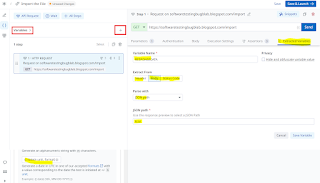Test Scenarios vs. Test Cases: Understanding the Basics
What Are Test Scenarios Test scenarios represent high-level ideas or conditions that need to be validated to ensure the application works as expected. They provide a broader perspective and are typically used during the test planning phase. Purpose: To capture the "what to test" without going into granular details. Example of a Test Scenario: Verify that a user can successfully log in to the application using valid credentials. Verify the behavior of the login page when invalid credentials are entered. Verify the application behavior when the login button is clicked without entering any credentials. What Are Test Cases Test cases are detailed documents that define the specific steps to execute a test. They cover inputs, execution steps, expected results, and actual outcomes. Purpose: To guide the tester step-by-step on "how to test." Example of a Test Case (for the first scenario): Test Case ID TC_01_Login_Valid_Credentials Test Scenario Verify user login with val...


Comments
Post a Comment